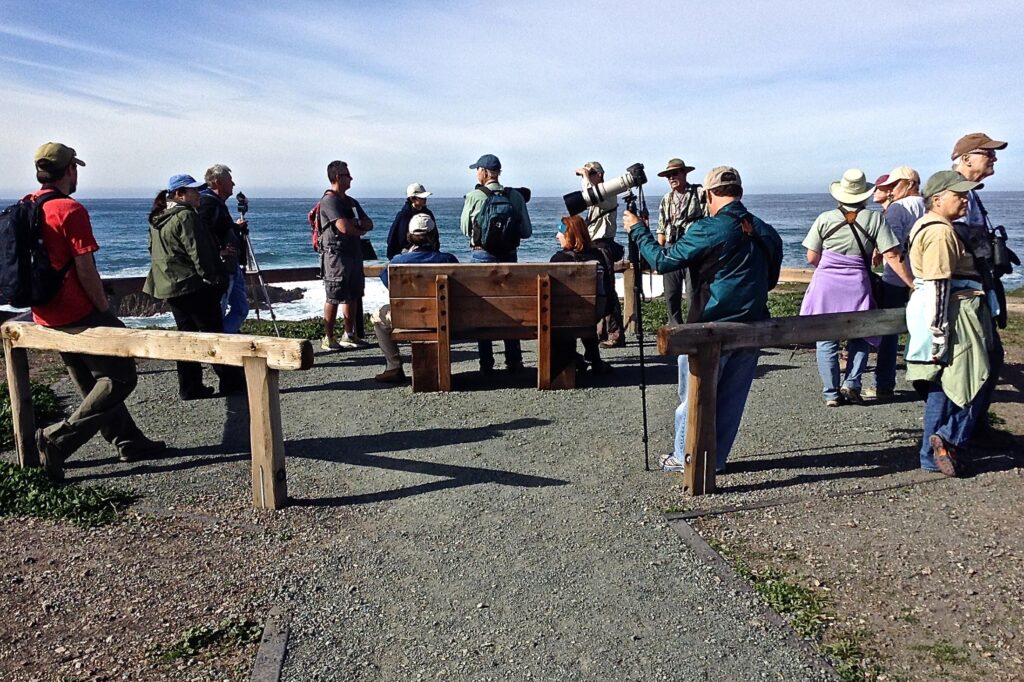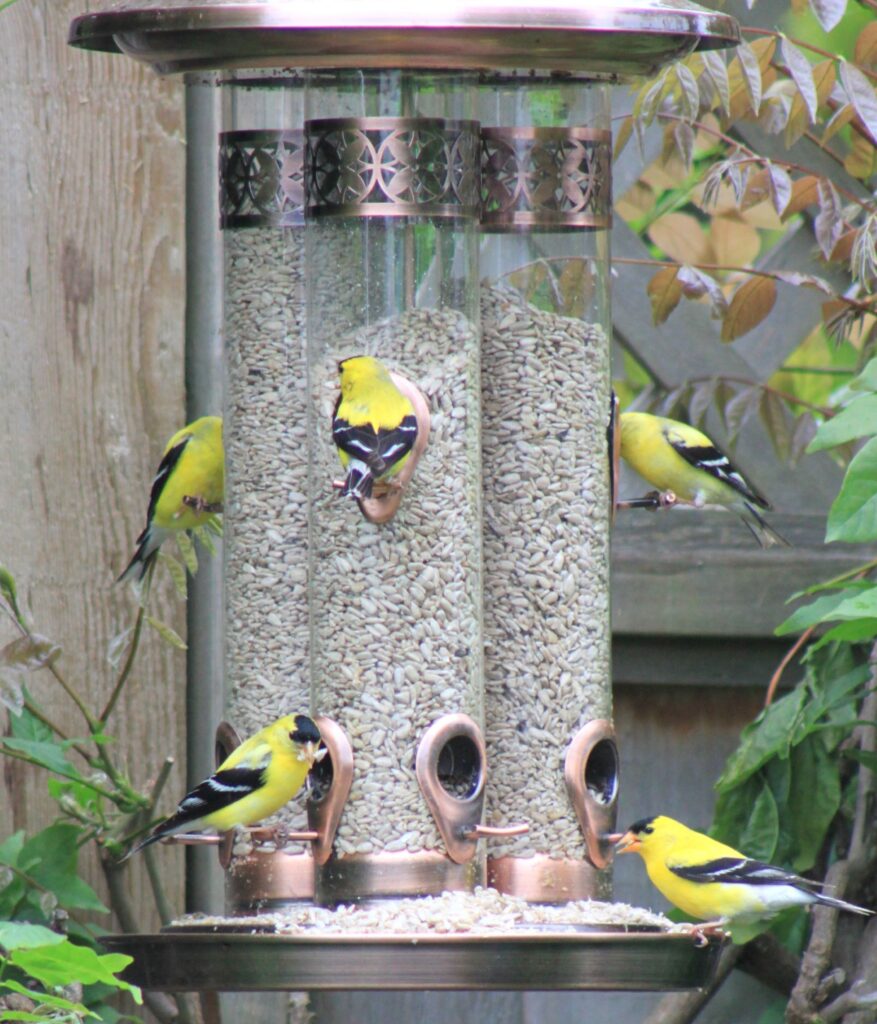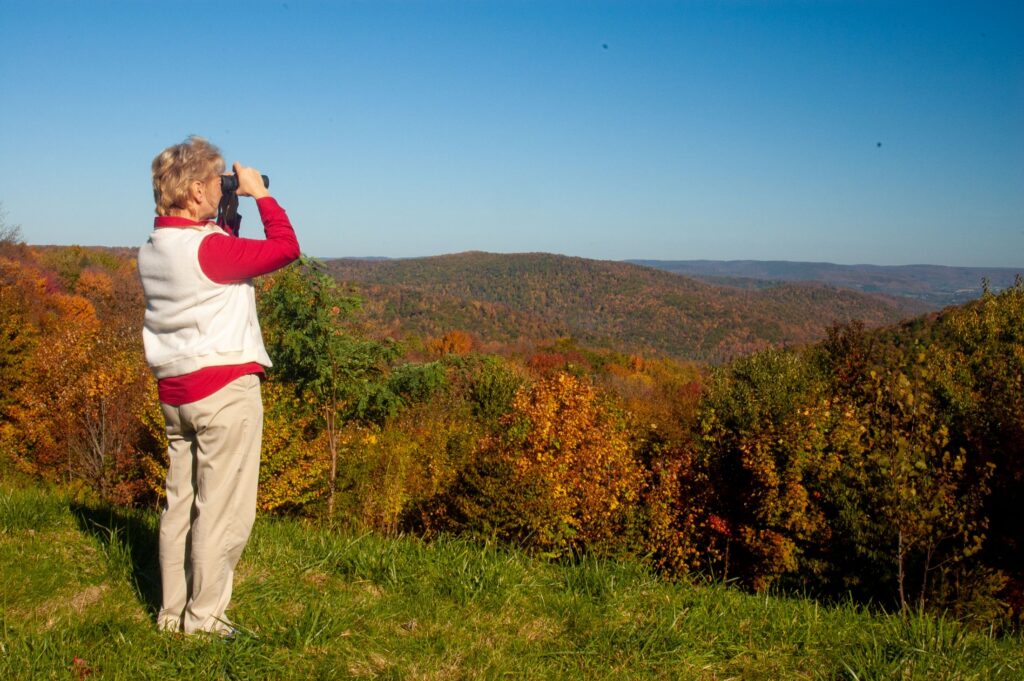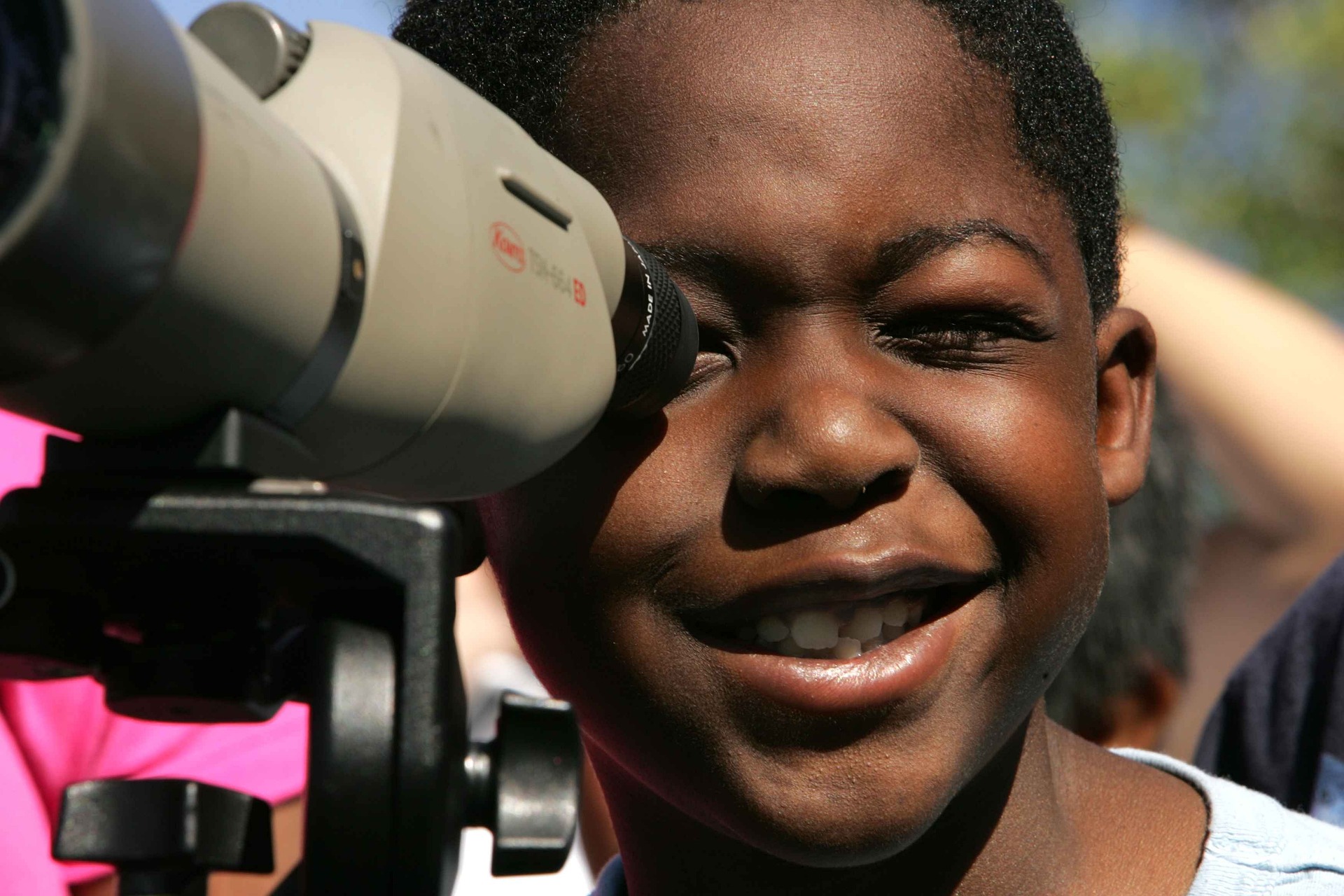Global Big Day 2024 is just weeks away—May 11th. Now is the perfect time to plan for the day and make the most of it. Let’s dive into what the Global Big Day is, how to participate in it, and how to prepare for it so that you fully experience the many joys of birding.
Celebrate the Global Big Day with Us!

We are having a really BIG Day at Chirp, and you’re invited to the festivities. Come for one or all of the following events on May 11th:
- 8:00 am: Bird Walk around Big Bear Lake
- 10:00 am: Complimentary tasting of Chirp’s new bird-friendly coffee
- 11:00 am: Chirp’s Big Bear Lake Field Guide launch and signing
- 1:00pm: Birding trip to Bluff Lake with local bird expert Matthew Schreiner
Get all the details on Chirp’s Global Big Day events here.
Join the Chirp Birdathon team
We are proud to partner with the San Diego Audubon Society for their annual Birdathon event. Come join the Chirp team as we count birds and raise funds for conservation!
Learn more about Chirp’s Birdathon event, and how to join, here.
All About the Global Big Day

The Global Big Day is an annual birding event in honor of World Migratory Bird Day. The event is open for participation to anyone who loves birds and wants to celebrate them. To do so, they can simply observe the birds around them, and enter their findings (species, behavior, etc.) into the eBird database. The Cornell Lab of Ornithology created and organized this event in 2015, and birders young and old, new and experienced, from around the world have joined in.
On the Global Big Day, people try to identify as many bird species as possible in a 24-hour period. Participation is free, and the findings help scientists understand more about the world’s birds—migration patterns, population changes, and other helpful data. How much time you spend watching birds is up to you: whether 10 minutes or ten hours, the data you collect matters. (Plus it’s fun to add more birds to your life list!)
Last year was a huge success—7,636 bird species were identified. That’s especially impressive when you consider that there are about 10,000 bird species in the world!
How to Prepare for the Global Big Day

While it’s true that you can simply roll out of bed and head to your backyard to join in on the Global Big Day, you’ll get more out of it with a little preparation. Here are some ways to maximize the number of birds, and the number of different bird species, you will see.
Stock up on bird seed
This is for all you backyard birders—don’t get caught with empty bird feeders on the big day! Be sure to stock up on your local birds’ favorite fare, so it’s easy to spot the birds that come to feed. But remember: cheap bird seed mixes are full of fillers that birds toss, leaving a mess under your feeders. Now’s the time to upgrade your bird seed mix to one with nutrient-dense foods like black-oil sunflower seeds.
If you live in the Big Bear Lake area, stop by the Chirp store to shop our selection of premium seed mixes, including our proprietary Big Bear Blend. Or get a Seed Subscription to get bird seed delivered right to your door!
Attract new bird species

You don’t have to be sick of the birds at your feeders to want to see new ones. And the fact is, attracting new bird species to your yard is simpler than it sounds. First, do a bit of research to find out what your local birds eat. Pay special attention to those that you’d like to attract. (For instance, orioles like nectar and fruit, while bluebirds are especially fond of mealworms.)
You can fill your existing bird feeder with the new bird food, or fill and hang a second bird feeder. This will increase your chances of attracting new birds. Find a spot that’s quiet and out of the way of foot and street traffic, close to natural shelter (like a tree or shrubs), and safe from predators.
For more tips, see the article How to Attract More Types of Birds to Your Feeders.
Get the right gear

Yes, you can participate in the Global Big Day with nothing more than your eyes and a notebook and pen. But having the right gear can really elevate your experience! Invest in a good pair of binoculars and a field guide of the area to help you to get a better view and ID of the birds around you.
Not sure what birding binoculars you’ll need? Check out our easy how-to guide on Picking the Perfect Birding Binoculars and Scopes.
As far as technology is concerned, you’ll need to use eBird—whether on your desktop or on your smartphone—to record your findings. Signing up is free, and it’s easy to use and access from anywhere.
Looking for an easy eBird guide to get you started? Check out Chirp’s Introduction to eBird and Citizen Science.
Plan a birding trip
Itching to see more than the same old birds that you’re used to? Why not plan a birding trip to a birding hotspot? If you need a suggestion: head to the mountains and visit Big Bear Lake—we have over 250 bird species here, including some that are hard to find elsewhere.
Interested in attending a bird festival for the Global Big Day? See our Birding Festivals Guide for 2024.


